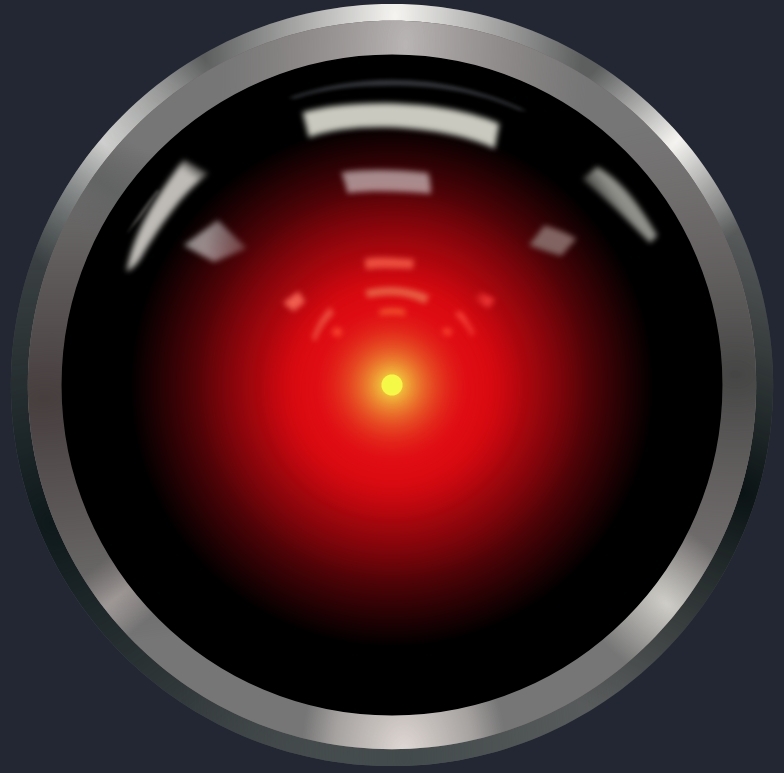

I was looking for something similar for a while, like something for simple relational data with some GUI for data entry, aka “I don’t wanna write a little web app just for this”. I had used AirTable at work before at work so that’s what came to mind and my searching was basically for “open source or selfhosted alternative to AirTable”.
Came across some decent candidates, can’t remember all the names, but the one I tried, Grist, was pretty straightforward and did the job: easy relational data setup, GUI for all basic data types including file uploads, easy to create input forms, and widgets that talk to the API and you can customize with JavaScript. Setup was easy with docker
EDIT: other names that came up when looking were NocoDB and BaseRow ( I don’t remember why I didn’t try them for my specific needs)






If you use bitwarden as your password manager, it can also auto generate those for you when creating a login